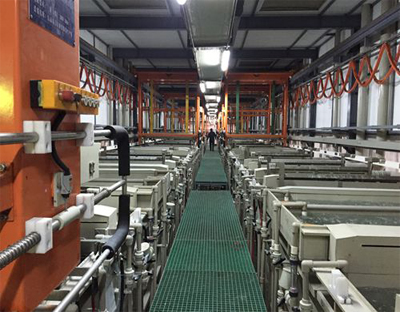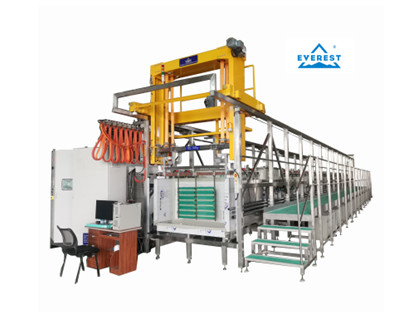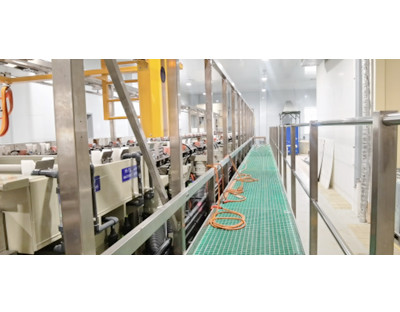1) Hemp pit (pinhole)
Hemp pit (pinhole) is the result of organic pollution. Large hemp pits usually indicate oil pollution, which should be decomposed and treated with oil carbon. If the mixing is not good, the bubbles cannot be expelled, and hemp pits (pinholes) will be formed. Wetting agent can be used to reduce its influence.
2) Rough (Burr)
Rough means that the solution is dirty and can be corrected after full filtration. If the value is too high, it is easy to form hydroxide precipitation, which should be controlled; If the current density is too high, the anode mud and make-up water are impure and carry impurities, which will produce roughness (Burr) in serious cases.
3) Low adhesion
If the copper coating is not activated to remove the oxide layer, the adhesion between copper and nickel is poor, and the coating peeling phenomenon will occur. If the current is interrupted, it may cause the self peeling of nickel coating; If the temperature is too low, peeling will also occur.
4) The coating is brittle and has poor weldability
When the coating is bent or worn to a certain extent, it usually shows the brittleness of the coating, which indicates the presence of organic or heavy metal pollution. Excessive additives increase the organic matter and decomposition products entrained in the coating, which is the main source of organic matter pollution and can be treated with activated carbon; Heavy metal impurities can be removed by electrolysis and other methods.
5) Coating darkening and uneven color
The darkening and uneven color of the coating indicates metal pollution. Because copper plating is generally followed by nickel plating, the copper solution with people is the main pollution source. It is important to minimize the copper solution stained by the hanger. In order to eliminate the metal pollution in the nickel plating bath, corrugated steel plate is used as the cathode for electrolytic treatment at the current density of 02-0.5a/dm2. Poor pretreatment, poor bottom coating, too small current density, too low main salt concentration and poor conductive contact will affect the color of the coating.
6) Coating burning
Insufficient boric acid, low concentration of metal salt, too low working temperature, too high current density, too high pH value or insufficient stirring are all possible causes of coating scorching
7) Low deposition rate or low current density will result in low deposition rate.
8) Blistering or peeling of coating
Blistering or peeling will occur when the pretreatment before plating is poor, the power-off time in the middle is too long, the organic impurity pollution, the current density is too high, the temperature is too low, the pH value is too high or too low, and the influence of impurities is serious.
9) Anode passivation
Insufficient anode activator (nickel chloride), too small anode area and too high current density will lead to anode passivation.







 Mar. 08, 2022
Mar. 08, 2022 




